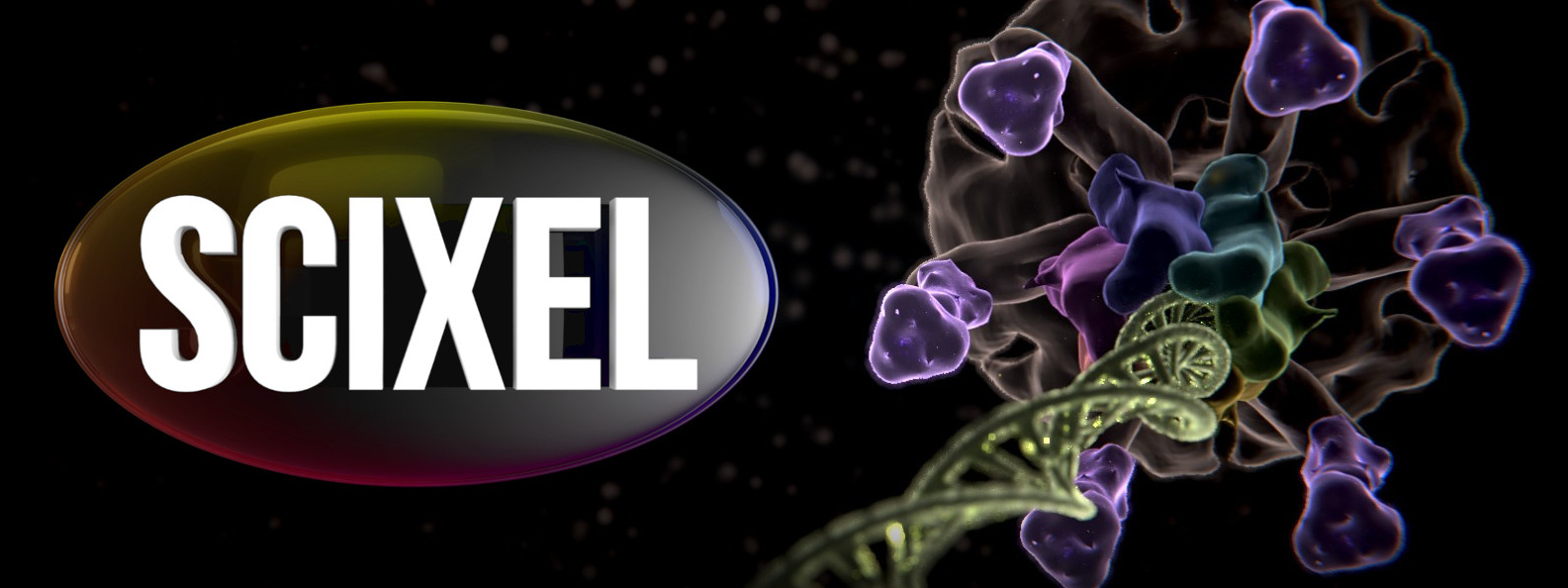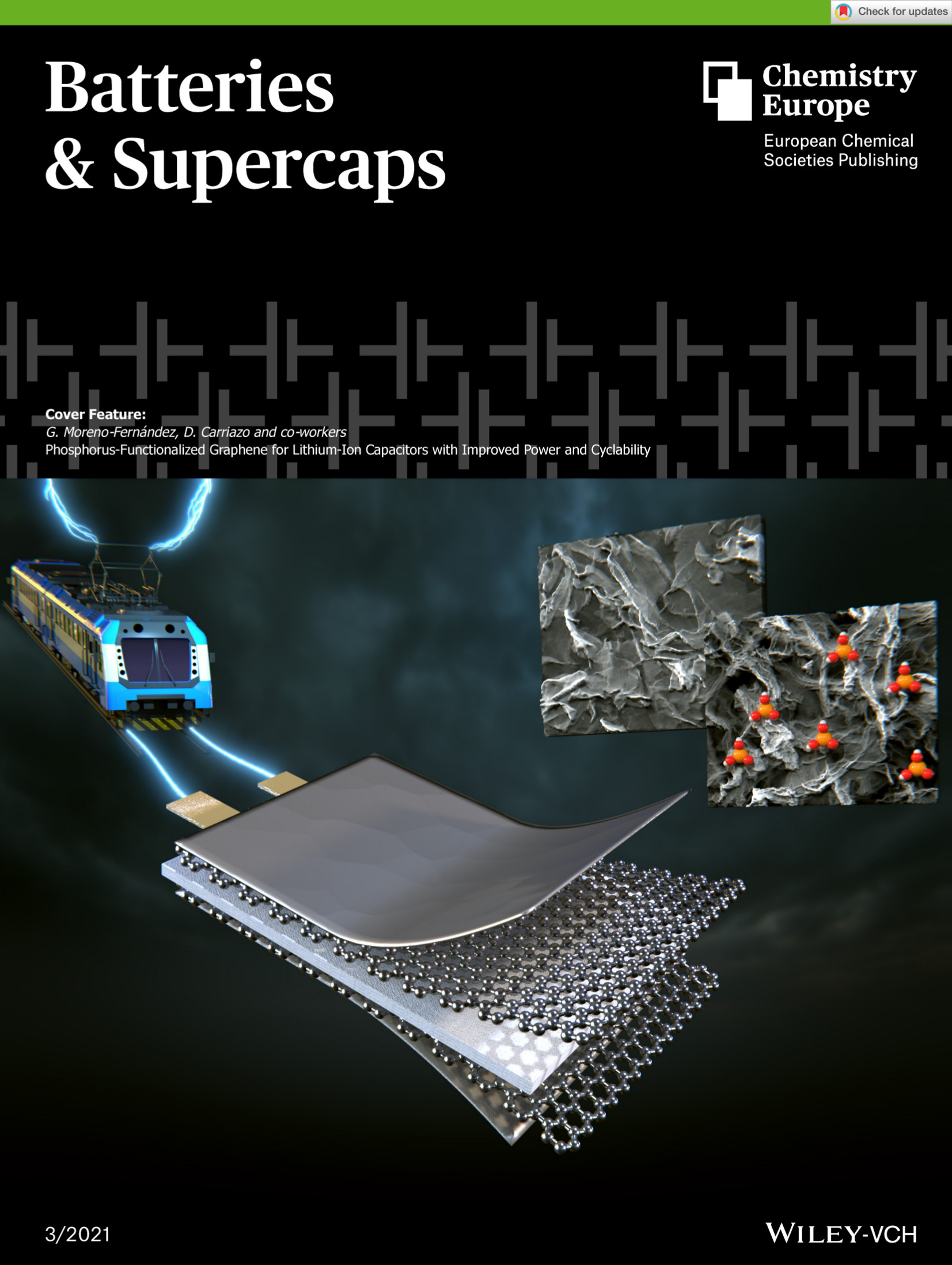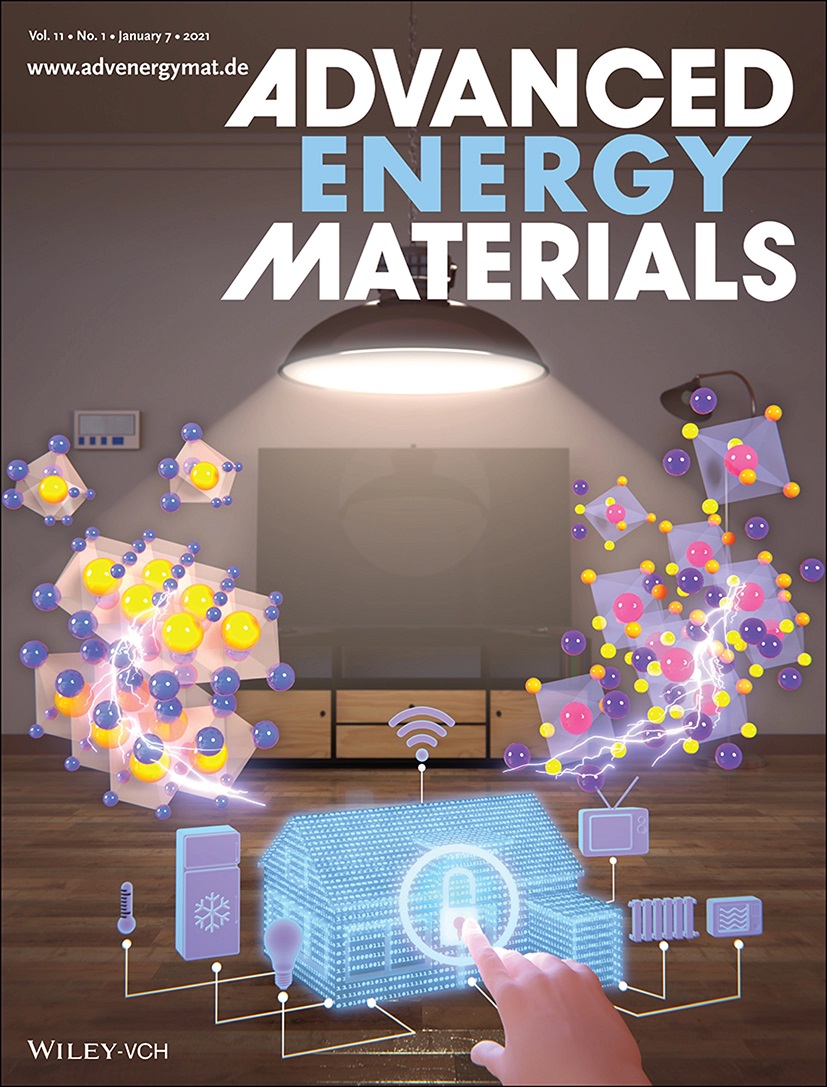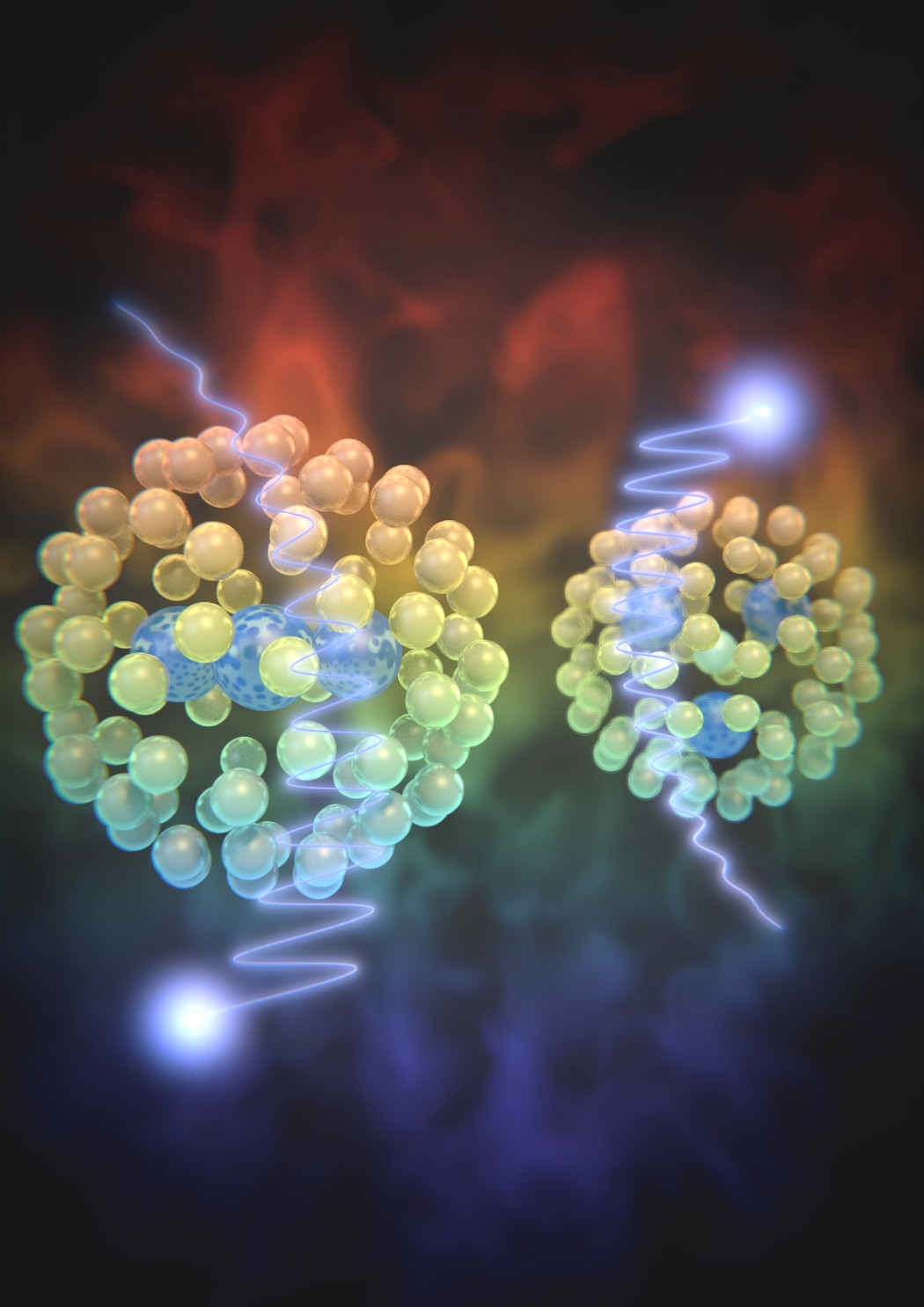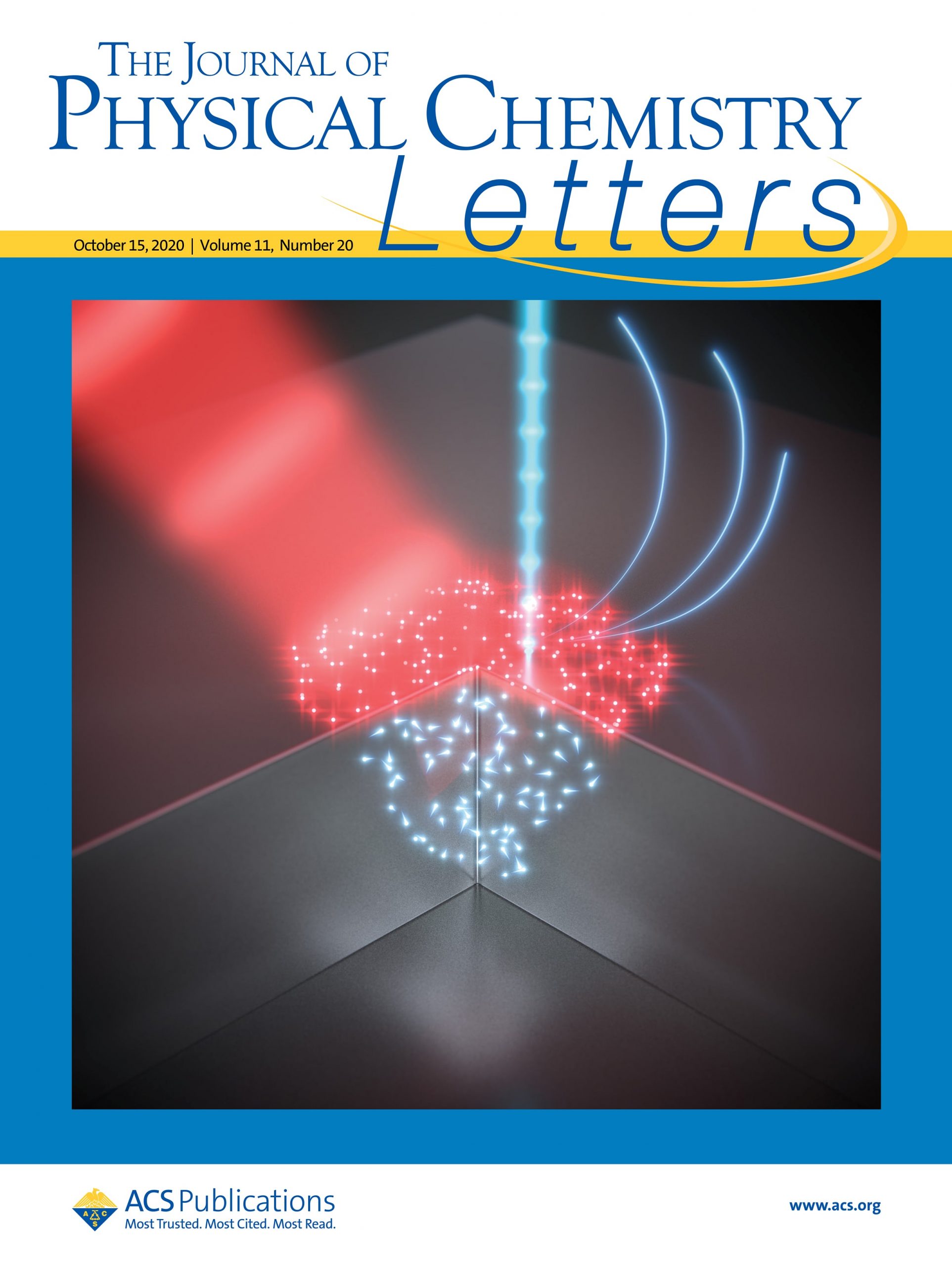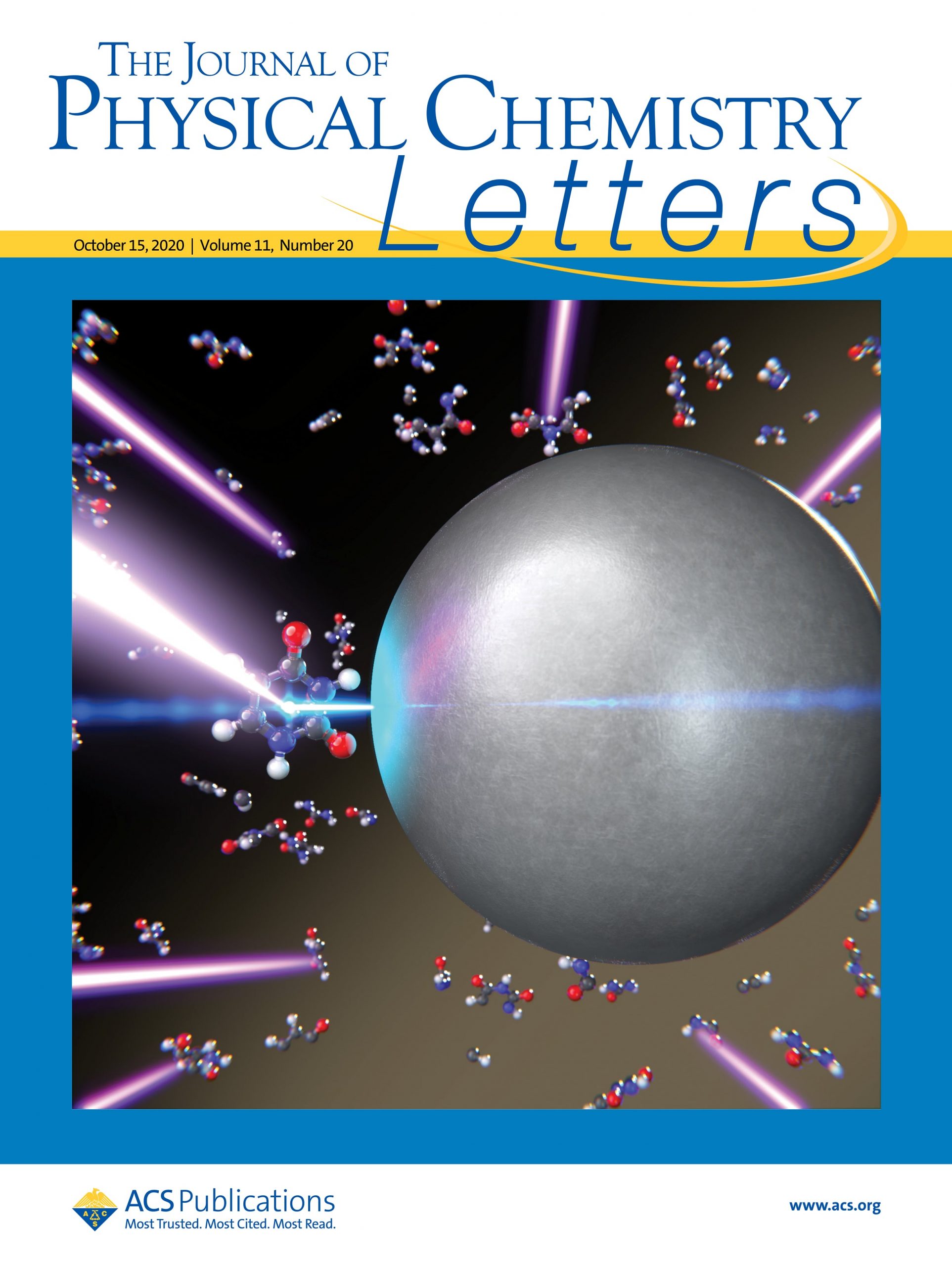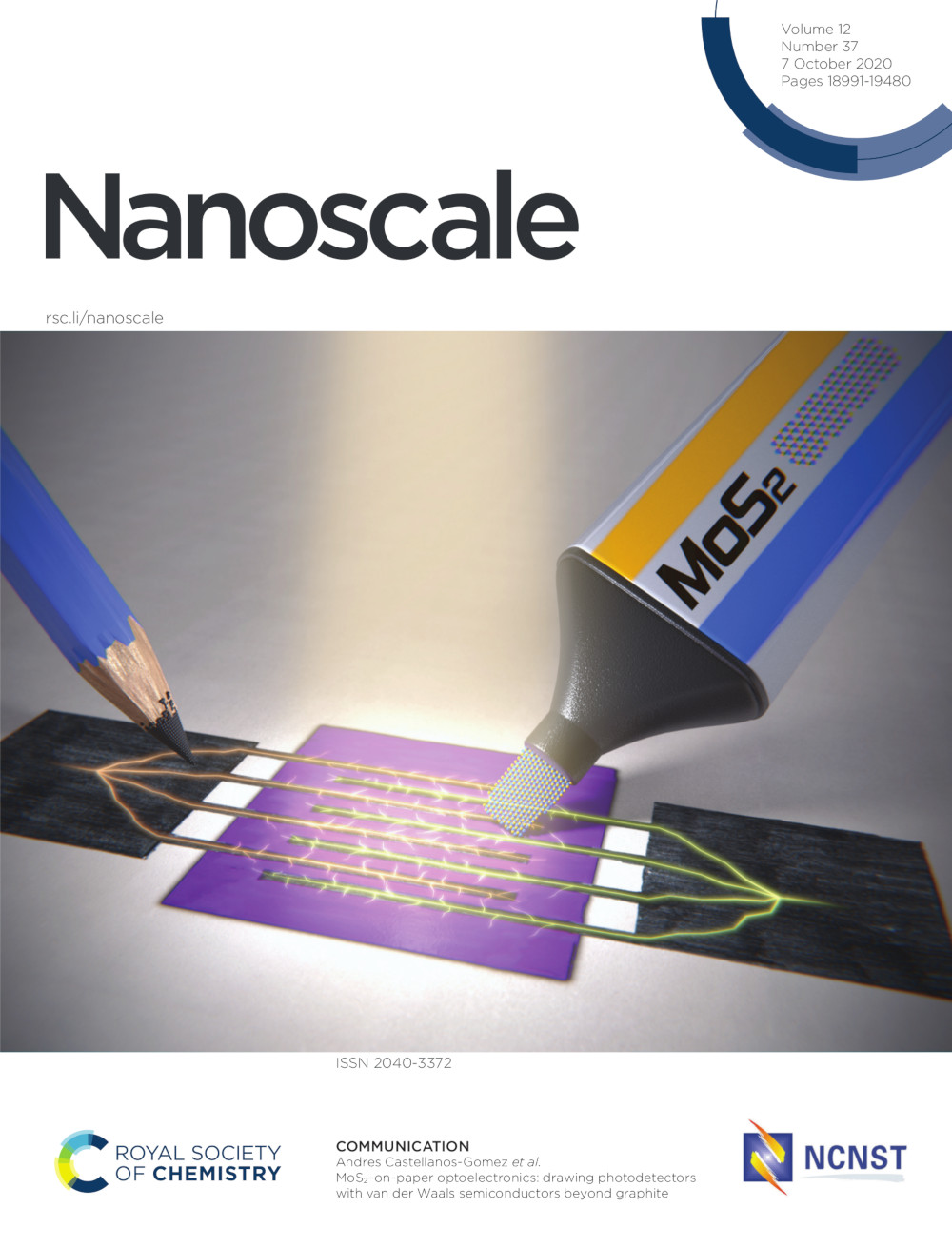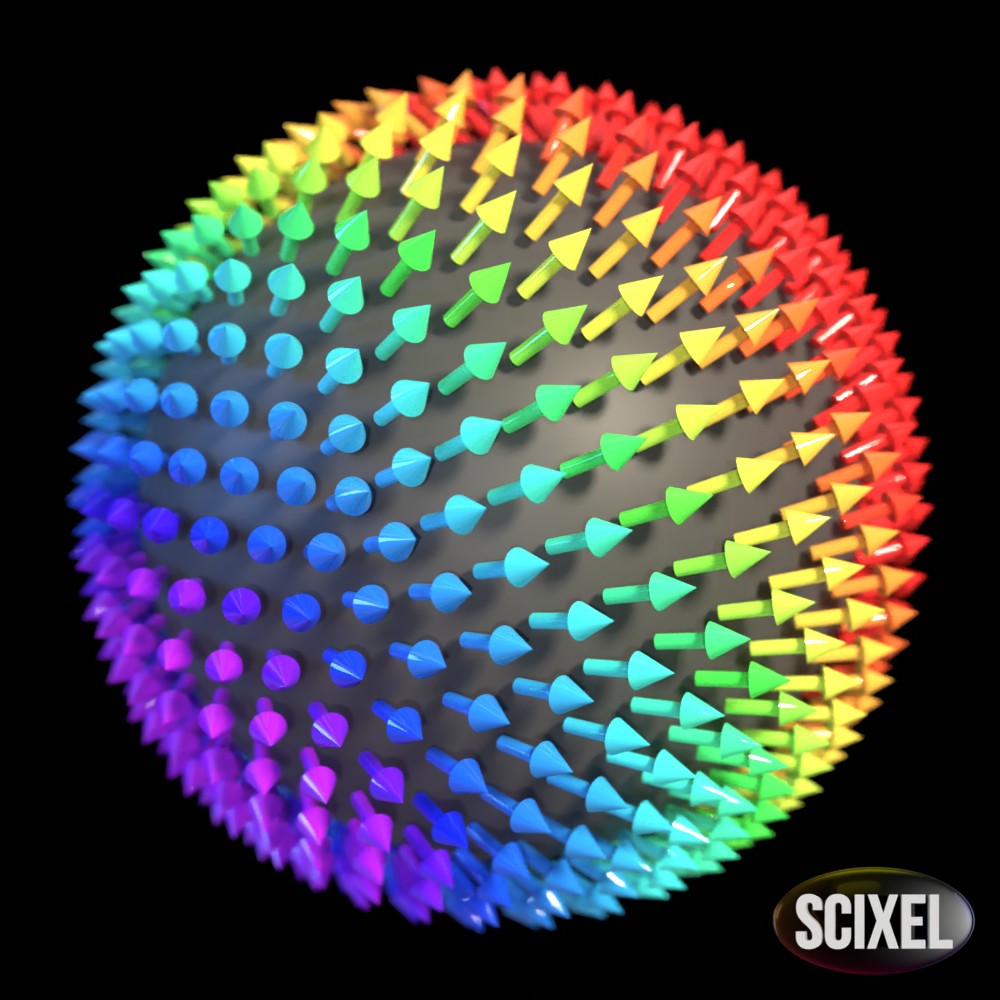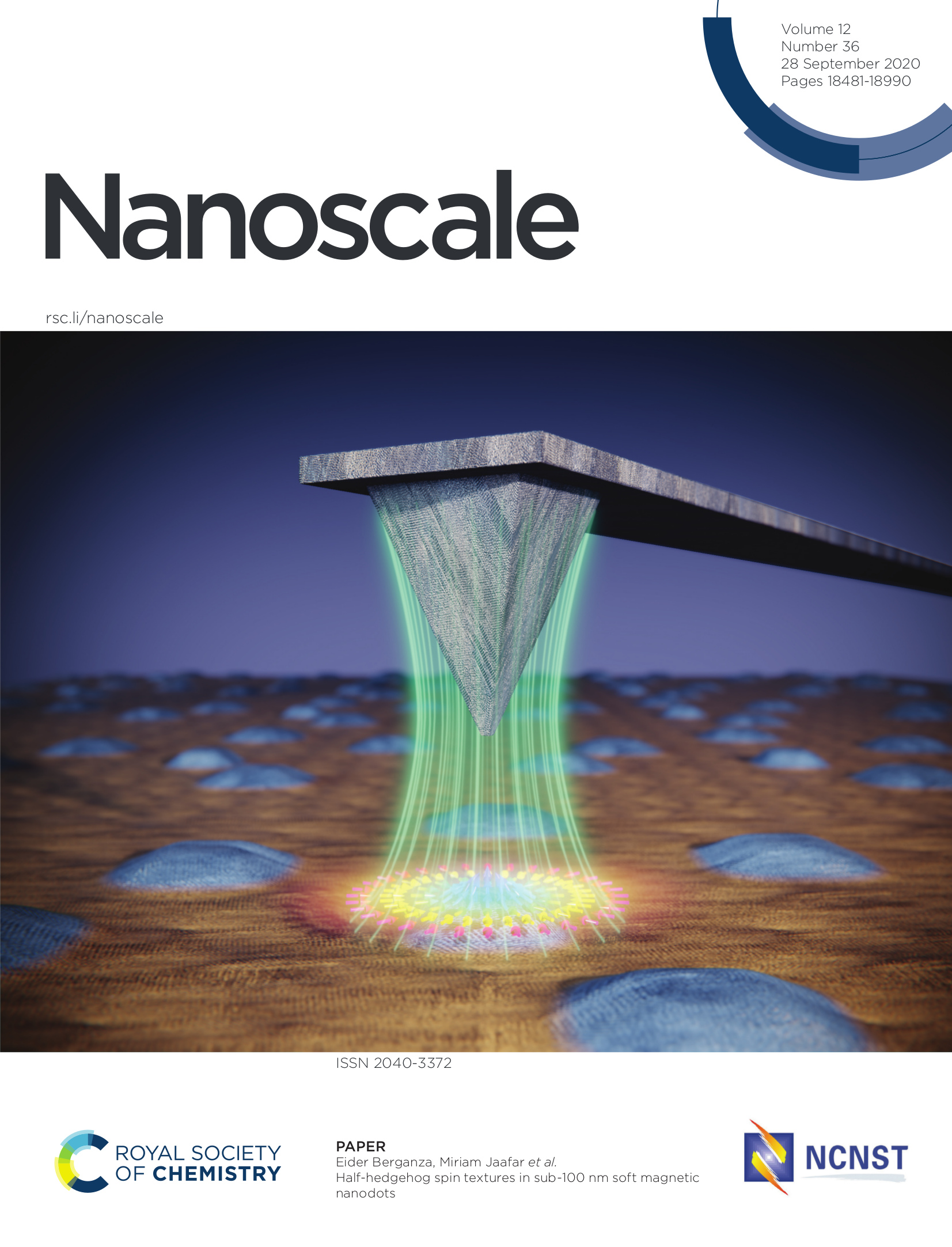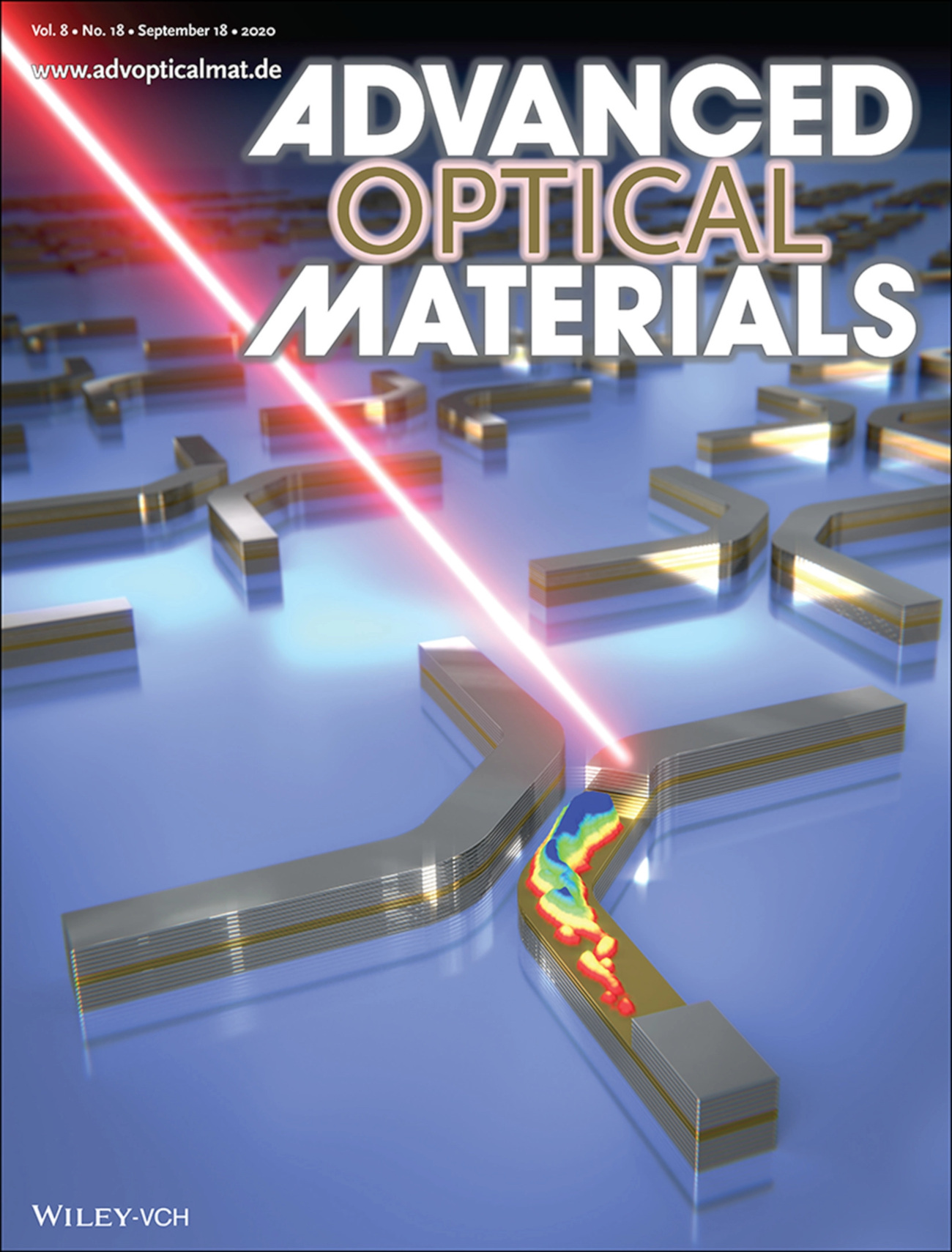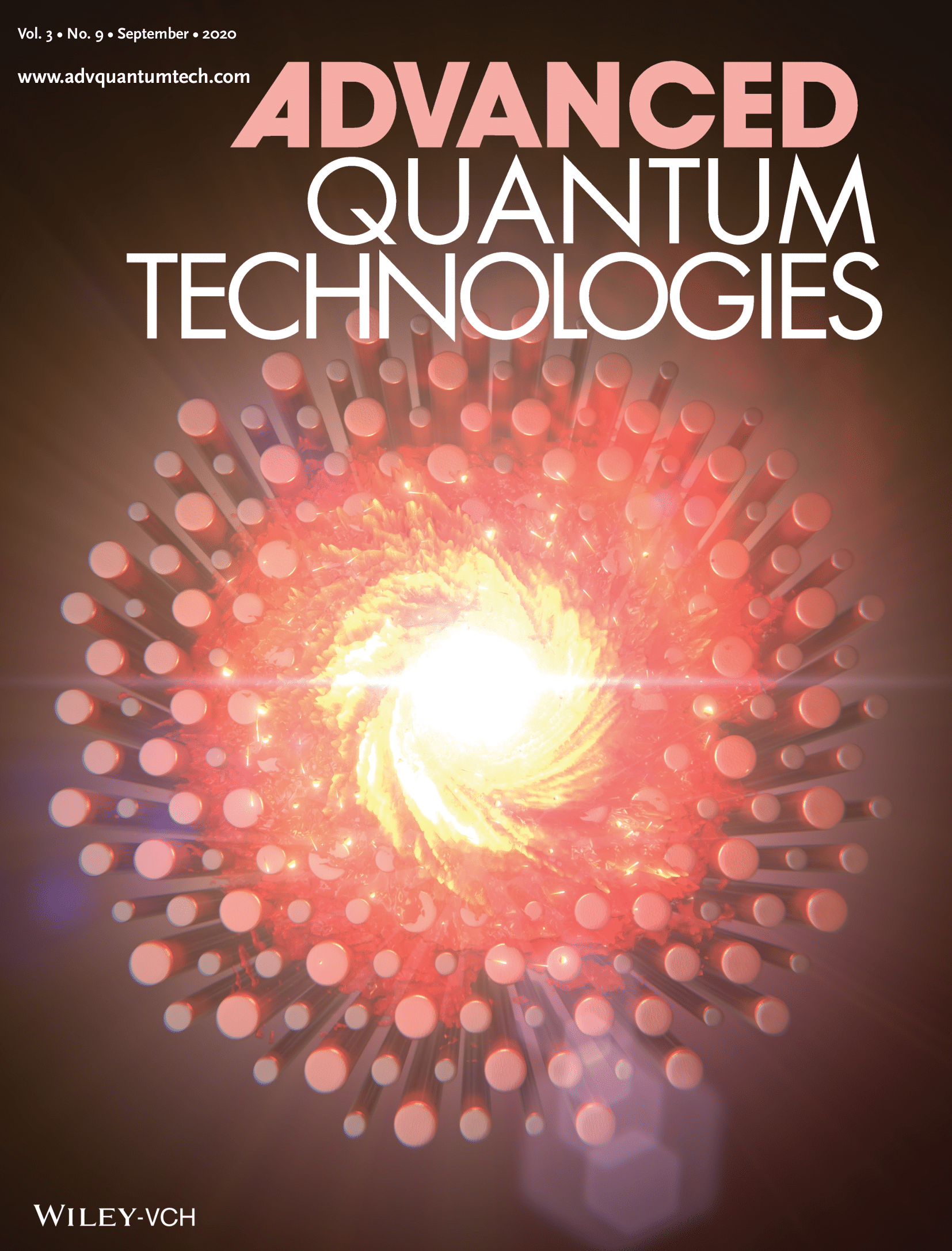Today we want to talk about light and molecular vibrations coupling. It is known that infrared light can interact with matter through the molecules natural vibrations. What it was not so well known is that this coupling between light and matter can be so strong that it can change the material properties. But this strong-coupling-landscape has yet to be explored.
Researchers from CIC nanoGUNE BRTA (San Sebastian, Spain), the Donostia International Physics Center (San Sebastián, Spain) and the University of Oviedo (Spain) have employed a spectroscopic nanoimaging technique to achieve this strong coupling. By using “a particularly strong compression of infrared light” and a “thin layer of hexagonal boron nitride” they’ve explored in real space “how the phonon polaritons couple with the molecular vibrations” of organic molecules.
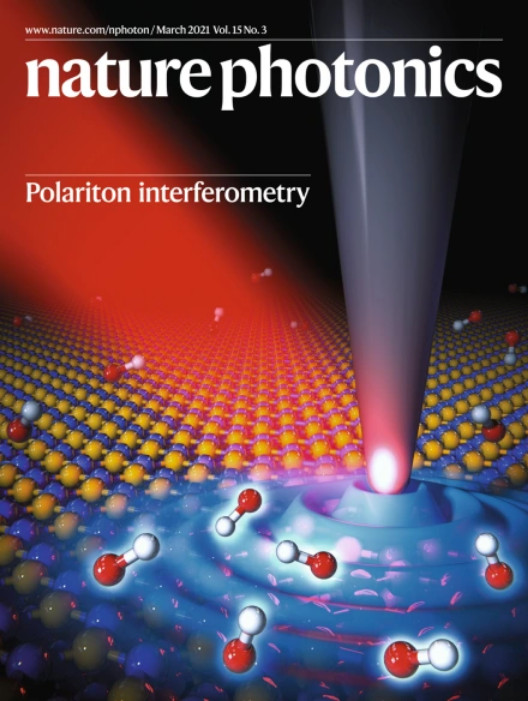
Their findings, published in Nature Photonics could have an impact in molecules detection technologies but more importantly, it opens a door to the study of quantum aspects of strong vibrational coupling.
This picture we did under the supervision of Andrei Bylinkin (first author) has been featured in the cover of Nature Photonics.
